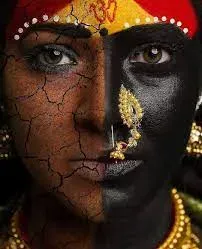
The Devadasi system is a historical practice in India that dates back to ancient times. It involved the dedication of young girls to a life of religious service and performance in Hindu temples. While initially intended to be a sacred and respected role, over the years, the Devadasi system became associated with exploitation, abuse, and the practice of ritualized prostitution.
Devadasi, meaning “servant of God,” is an ancient tradition that has its roots in Hinduism. It is a practice where young girls are dedicated to a temple deity and are expected to serve the deity as well as the community through various religious and cultural rituals. In addition to taking care of the temple and performing rituals, these women also learned and practiced classical Indian artistic traditions such as Bharatanatyam, Mohiniyattam, Kuchipudi, and Odissi. Their social status was high as dance and music were an essential part of temple worship.
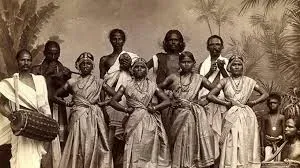
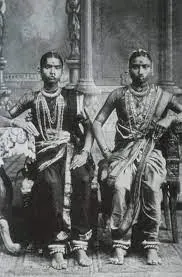
After becoming Devadasis, the women would spend their time learning religious rites, rituals, and dances. Devadasis were expected to live a life of celibacy, however, there have been instances of exceptions.
DEVADASI: FROM SACRED RITUAL TO EXPLOITATION
The first confirmed reference to a devadasi was during the Keshari Dynasty in the 6th century A.D. in South India. The inception of the practice was imbued with great respect as the women who were chosen to become devadasi were subject to two great honors: first, because they were married to the deity, they were to be treated as if they were the Goddess Lakshmi16 herself, and second, the women were honored because they were considered to be “those great women who [could] control natural human impulses, their five senses and could submit themselves completely to God.” The esteemed status of the devadasis began to wane under Islamic and British rule. Following their successful invasion of North India, Islamic rulers began to destroy Hindu temples throughout the region. Economic hardships pushed many Devadasis into poverty, and they were forced to rely on other means to sustain themselves. In some cases, this led to a shift from their traditional role in temple rituals to engaging in prostitution to make a living and also forced them to perform for higher castes for their entertainment.
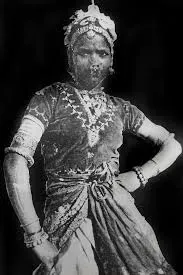
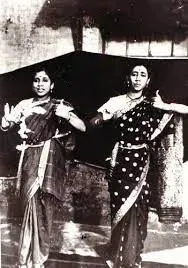
COLONIAL INFLUENCE AND SOCIAL REFORM MOVEMENTS
During the colonial period in India, British authorities viewed the Devadasi system as morally corrupt and sought to abolish it. However, their efforts often stigmatized Devadasis further and contributed to their marginalization. The practice of dedicating girls to temples continued in some areas despite legal measures to suppress it. In the 20th century, social reformers and activists like Rukmini Devi Arundale and Muthulakshmi Reddi worked to bring attention to the exploitation and abuse faced by Devadasis. They advocated for the abolition of the system and the rehabilitation of Devadasis. Legal measures were introduced to criminalize the practice of dedicating girls to temples and to provide support for the women affected by it.
MAHARI DEVADASI OF PURI JAGANNATH TEMPLE
In the eastern state of Odisha Devadasis were known colloquially as Maharis of the Jagannath temple complex. The term Devadasi referred to the women who danced inside the temple. Unlike other parts of India, the Odia Mahari Devadasis were never sexually liberal and were expected to remain celibate upon becoming Devadasis. However, there are records of Odia Mahari Devadasi being exploited. By 1980, only four Devadasis were left — Harapriya, Kokilaprabha, Parashmani, and Shashimani. By 1998, only Shashimani and Parashmani were still alive. The last of the Devadasis, Shashimani, died on 19 March 2015, at the age of 92.
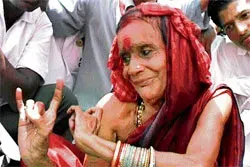
A Devadasi was believed to be immune from widowhood and was called akhund saubhagyavati. The presence of a Devadasi on any religious occasion in the house of a dvija member was regarded as sacred and she was treated with due respect and was presented with gifts.
Modern Context
Despite legal efforts and social reform, the Devadasi system’s remnants and its associated issues persist in some parts of India. Poverty, lack of education, and social discrimination continue to affect marginalized communities, making individuals more vulnerable to exploitation and abuse.
It’s important to note that the Devadasi system has a complex historical and cultural context, and discussions around it often involve issues related to religion, caste, gender, and socio-economic factors. The practice has received widespread condemnation for its exploitative aspects, and efforts continue to address its negative impacts on individuals and society.